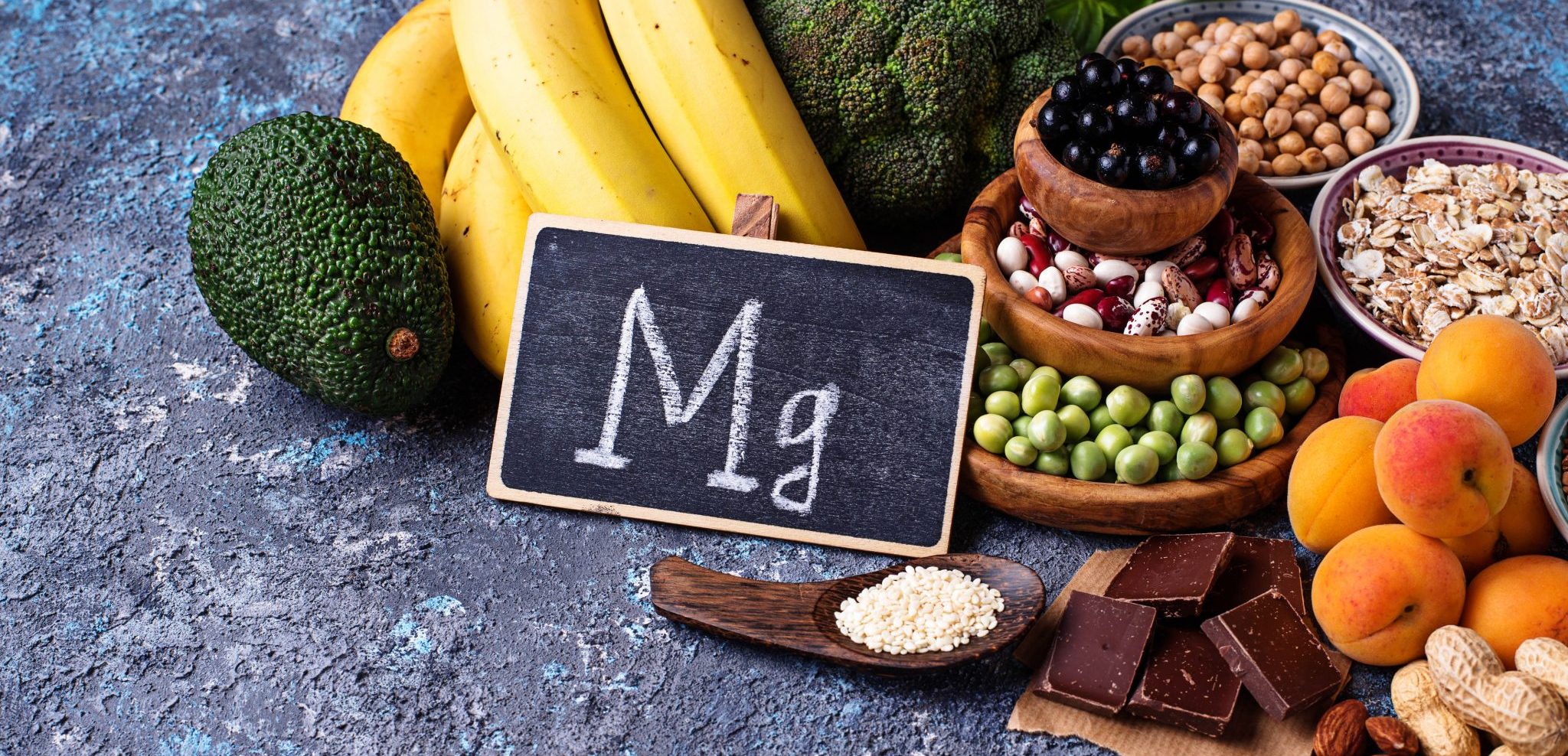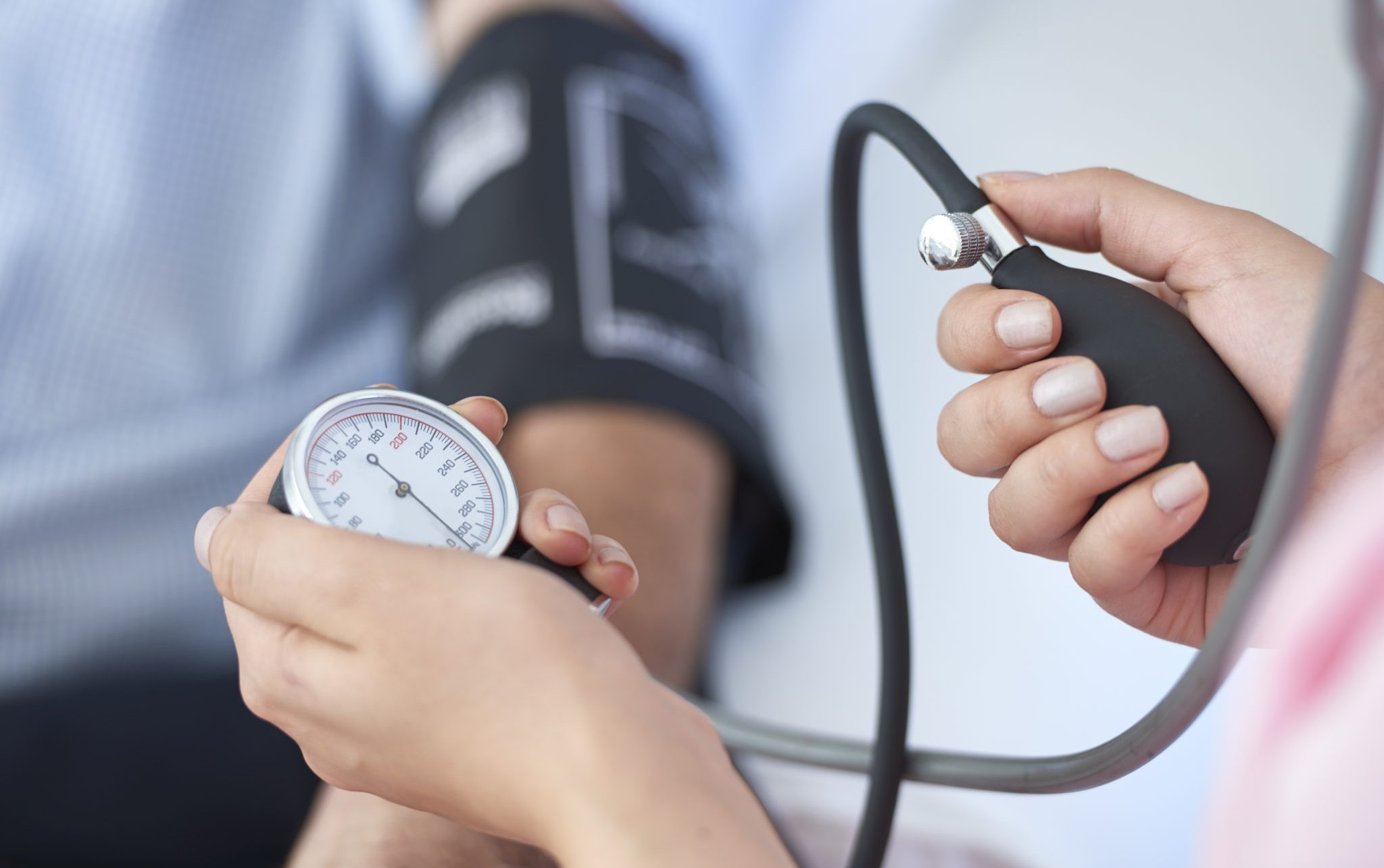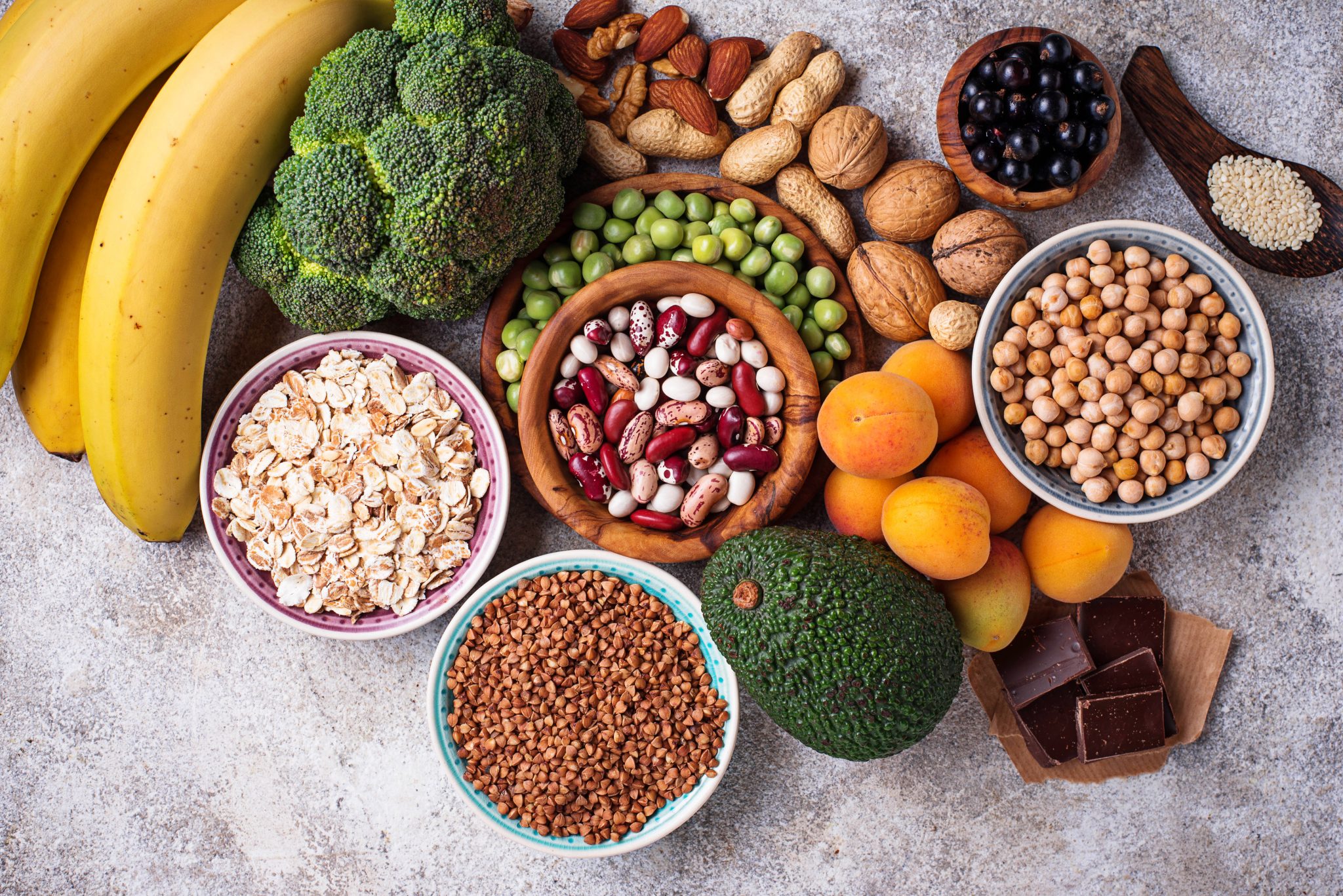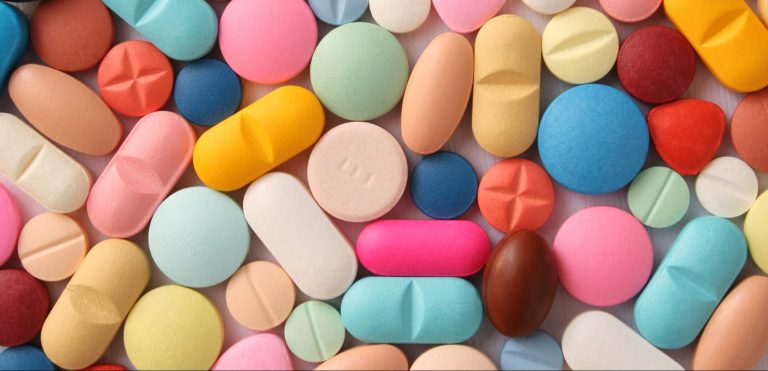Magnesium deficiency has become rampant – almost 80% of Americans don’t get enough of this mineral. It’s just as vital as calcium and iron – participates in hundreds of biochemical reactions in our body, improves muscle functioning, supports the immune system and plays a major role in maintaining heart health. Also, magnesium and blood pressure are in close relationship.
Even though, sufficient amount of magnesium lowers blood pressure – it’s a totally neglected mineral. Doctors these days make really big deal about hypertension. But, what does it mean exactly? This condition damages the blood vessels throughout the entire body. That means you have a significantly higher risk of having
- Heart attack
- Stroke
- Heart disease
- Kidney disease
Hypertension is the “silent killer” – you don’t have any symptoms until you already have serious complications. 90% of high blood pressure is caused by
- poor diet
- lack of exercise
- frequent alcohol consumption
- sleep deprivation
- obesity
We spend 2.2 trillion dollars annually on healthcare including prescription drugs. We have unprecedented amount of hypertension cases in our children in Grammar school. Clearly, the western diet is taking a toll. We spend more money on healthcare than any other nation. Yet, we’re sicker than ever.
Does magnesium lower blood pressure
Magnesium relaxes blood vessels and improves arterial blood flow. Turns out, anti-hypertensive medications have exactly the same effect. According to the recent studies, consuming magnesium for high blood pressure has shown positive results.
Still, be careful when you opt for supplements. About 60% of the mineral of the day is stored in our bones and then the remaining portion is mostly in the soft tissue. Less than 1% is flowing around in the bloodstream. RBC can show how much of the mineral our body absorbs. It’s better to consult your doctor before you take mineral supplements. Have the blood work done in order to avoid overdose which can lead to
- Diarrhea
- Stomach cramps
- Urine retention
- Irregular heartbeat
- Nausea
- Muscle weakness
Today’s diets are calorie rich and nutrients poor. The destruction is caused by nutrition choices. In the past two decades, the US food supply went into the tank – more than half of our diet consists of processed foods. Besides, the quality of our crops is decreasing – pesticides are held responsible. So, the crops’ lack of the essential mineral has a direct impact on the ability to get it in our diet.
Studies have proven that previously magnesium rich fruits and vegetables in the US have lost 30-40% of the precious mineral de jour due to its depletion in the soil. Top that with the fact that 80-90% is lost when food is processed. Plus, the majority of Americans live off high-sodium prepackaged meals and fast food, so we begin to understand why population suffers from heart diseases and hypertension.
Turn your diet around
Let food be the medicine.
Hippocrates
Wellness starts with a healthy nutrition. The average daily amount of the mineral of the day is 320-420mg which prevents high blood pressure and cardiovascular conditions. Consume more of
- One cup of boiled spinach contains 157 mg of the vital mineral.
- Pumpkin seeds
- Nuts (cashews, peanuts, almonds)
- Black beans and peas
- Fish
- Prunes
- Fruits (particularly peach, apricot, guava, fig, banana, cantaloupe and mango)
- Wild rice. Fun fact, wild rice is NOT actually rice. It is the seed of an aquatic grass that grows along the shores of freshwater streams and lakes. Native Americans have used this grain as staple food for centuries. It only resembles rice in the way it looks and cooks – very low in calories content and loaded with vitamins and minerals including magnesium.
Let’s drop some knowledge
As I’ve already mentioned, pesticides destroy nutritional profiles of fruit and vegetables. So, your best bet is organic produce. BUT, when it comes to marketing, food companies pull all kind of bs to sell their product. You need to know the definition of these “green” terms to avoid getting fooled.
- 100 Percent Organic: this produce was grown without using conventional pesticides, synthetic fertilizers, or genetic engineering. This product was found by a third party to contain only organic ingredients. Look for USDA seal (United States Department of Agriculture) to make sure that product is legit.
- Organic: This is 95% organic and the rest 5% of ingredients is approved by USDA. The USDA seal must be present as well.
- Made with Organic Ingredients: The product contains at least 70% organic ingredients.
- Natural: This basically equals nothing when it comes to fruits, vegetables, grains, and legumes. You can through this word on anything to make it seem “healthy” or environmentally friendly but it’s completely unregulated. So pay attention to the labels.
Green smoothies are an easy way to add natural sources of magnesium, fiber and essential vitamins into your diet in one glass. The greens lay nutritional groundwork and fruit handles the flavor job. Try out some of these combos to get your brain working and blood flowing:
- Toss 2 cups of spinach or kale, whatever you got.
- Add 1 cup of creamy fruit: bananas, mango or even avocado.
- ¾ cup of frozen berries or pears
- 1 ½ cups liquid: coconut water, almond or cashew milk
Be your own smoothie guru at home and enjoy this goodness.
So, the best way to regulate your blood pressure is to change your lifestyle. Be joyful, exercise and stay healthy!





